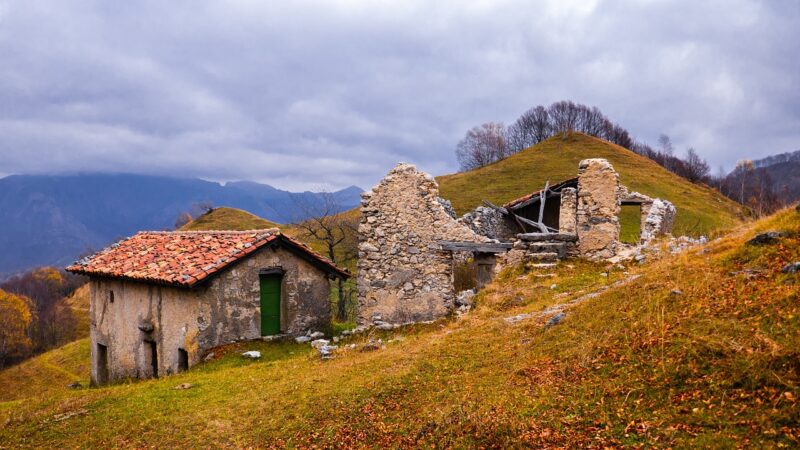
Carthage, an ancient maritime power and rival to Rome, holds a pivotal place in the annals of history. Founded by Phoenician settlers in present-day Tunisia around 814 BC, it flourished as a vibrant city-state known for its trade, military prowess, and remarkable achievements. However, like many great civilizations, Carthage’s tale is intertwined with tragedy, conquest, and mystery. This article explores the rise and fall of Carthage, its enduring legacies, and the unresolved enigmas that continue to fascinate historians and archeologists alike.
1. The Rise of Carthage: Foundations of an Empire
The story of Carthage begins with its establishment by Phoenician settlers from Tyre, who were drawn by the region’s strategic location and fertile lands. Through adept trading practices, Carthage quickly grew into a dominant commercial power in the western Mediterranean. The Carthaginians were skilled navigators and traders, establishing trade networks that spanned from the Iberian Peninsula to North Africa, and even reaching distant locales like Britain and the shores of the Black Sea.
The city’s strong economy was bolstered by its renowned craftsmanship, particularly in textiles and pottery, which were sought after throughout the Mediterranean world. As Carthage prospered, it became a melting pot of cultures, embracing elements from its own Phoenician origins, as well as influences from the Berbers, Greeks, and Romans, each contributing to a rich tapestry of society.
2. The Military Might of Carthage
Carthage is perhaps best known for its formidable military. At the heart of this power was the Carthaginian navy, which was crucial for both trade protection and military conquest. By the late 6th century BC, Carthage had established one of the most advanced naval fleets in the ancient world, which it used to control shipping routes and expand its influence over coastal territories.
The city-state also maintained a powerful army, which included mercenaries from various regions. Spearheaded by iconic commanders such as Hannibal Barca, known for his audacious crossing of the Alps during the Second Punic War, the Carthaginian military engaged in fierce conflicts with Rome, its most significant rival. The battles of the Punic Wars serve as dramatic chapters in the saga of Carthage, showcasing both strategic brilliance and heartbreaking defeats.
3. The Punic Wars: A Clash of Titans
The Punic Wars, which unfolded from 264 to 146 BC, were a series of three conflicts fought between Carthage and Rome, marking a turning point in the balance of power in the ancient world. The First Punic War (264-241 BC) began primarily over control of Sicily. Despite initially suffering several setbacks, Carthage’s naval strength ultimately fell to Roman tactics and perseverance, leading to its defeat.
The Second Punic War (218-201 BC) is famed for Hannibal’s audacious invasion of Italy. His legendary crossing of the Alps is celebrated as one of military history’s greatest military feats. Hannibal’s forces achieved remarkable victories at battles such as the Battle of Cannae, where a significantly smaller Carthaginian army enveloped and decimated the Roman legions. However, despite initial successes, Carthage ultimately lost the second war due to strategic errors and resource constraints.
The Third Punic War (149-146 BC) marked the catastrophic end for Carthage. After years of escalating tensions and skirmishes, Rome laid siege to the city. Despite desperate defenses, Carthage was eventually reduced to ruins, and its populace was either killed or enslaved. This tragedy sealed the fate of one of history’s most remarkable civilizations.
4. Cultural Achievements and Legacies
Despite its dramatic downfall, Carthage bequeathed a lasting legacy to the world. The Carthaginian culture was rich and multifaceted, characterized by unique art, architecture, and religious practices. Temples dedicated to gods such as Baal and Tanit symbolized the civilization’s religious fervor, while remnants of impressive architecture illustrate its former glory. One can still visit the ruins of the Antonine Baths and the Tophet, where sacrificial rights were reportedly performed.
Moreover, Carthaginian advancements in navigation and trade profoundly influenced the cultures that followed. The Carthaginians were pioneers in the construction of larger ships, enabling longer voyages and furthering the spread of their cultural influence across the Mediterranean. Their legacy continued to resonate through the Roman Empire and beyond, influencing trade practices, military strategies, and cultural exchanges for centuries to come.
5. Mysterious End: What Happened to Carthage?
The complete destruction of Carthage led to a multitude of questions and mysteries regarding its disappearance from history. After the fall, Rome established a new city on the ruins of Carthage, intending to erase it from collective memory. However, the enigma remains—what caused the falter of such a mighty power?
Some historians suggest that internal strife weakened Carthage, leading to its inability to adapt during the Punic Wars. Others point to the reliance on mercenaries, which might have dulled national resolve. Furthermore, a potential divide between Carthaginian elites and the common populace may have hampered unity during critical military campaigns.
Today, as archaeologists continue to excavate the remnants of Carthage, new theories arise, and old assumptions are challenged, allowing us to piece together the lost civilization’s last chapters. The mysteries of Carthage speak to the profound complexities of its society and the ever-elusive nature of its demise.
6. Conclusion: The Enduring Enigma of Carthage
As we traverse the corridors of history, the story of Carthage looms large—an ancient civilization that dazzled with its power and wealth while also serving as a cautionary tale of hubris and downfall. Although Carthage has long been lost to time, it continues to ignite the imagination and inspire inquiry. The ruins of Carthage stand today as a testament to a remarkable empire whose legacy endures, inviting generations to explore its enigmatic past.
As we reflect upon Carthage’s remarkable story, we are reminded of the delicate balance of power—the triumphs and frailties that shape civilizations, making the tale of Carthage not merely an ancient history lesson but a relevant exploration of our own societal dynamics.







